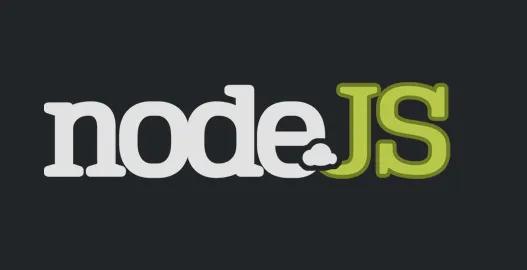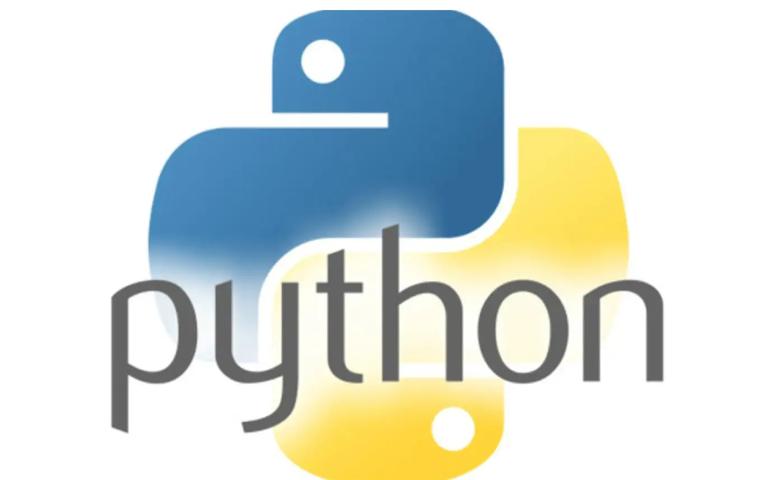How to choose between Node.js and Python?
Recently, both Node.js and Python have exploded in the market for their wide range of features and functions. Both of these technologies are your first choice when developing the backend of your web application.
As we all know, every project has its own specifications and requirements, so choosing a suitable programming language for development is imperative. In this article, we'll discuss both techniques in detail, list their pros and cons, and draw conclusions that hopefully will help you in choosing which technology to choose for your project. Before we start comparing the two technologies, let's take a brief look at the basics of Node.js and Python.
What is Node.js?

In an easy-to-understand language, Node .js is a server-side platform developed on top of Google Chrome's JavaScript engine, called the V8 engine. Developed by Ryan Dahl in 2009, Node .js is an open source server environment that runs primarily on different platforms such as Windows, Linux, Unix, MacOSX, etc.
With Node .js, developers can use JavaScript to write command-line tools and server-side scripting capabilities. Because of this convenient, full-stack approach to development, it is considered the technology of choice for building applications such as gaming platforms, forums, and ad serving. It is a great choice for all projects with both high-speed and intensive I/O (input/output) connections or applications, as well as a few other applications such as productivity applications. Let's take a look at what Python is and what applications can be developed with it.
What is Python?

Python is an open source object-oriented programming language with dynamic semantics. It is a high-level development language, high-level data structures, dynamic typing and dynamic binding make it very suitable for developers to develop advanced applications. At the same time, it is also suitable to connect existing software components as a glue language.
It is an easy-to-learn language, and its grammar is mainly focused on readability, thus reducing the cost of program maintenance. Python supports modules and packages, program modularization and code reuse. Use this technology-based high-level language, developers can quickly build business applications, educational platforms, desktop user interfaces, games and entertainment applications. After a brief understanding of the two languages, we will compare the two languages in detail.
Comparison between Node.js and Python
1. Flexibility and scalability
On Node When choosing an option between js and Python, it is important to consider its flexibility and extensibility. As we all know, flexibility and scalability are considered as the application ability to execute different number of requests, without affecting the application performance and speed.
Both (flexibility and scalability) play a critical role in developing a large number of content-based applications and applications with a variety of users.
Node.js
- In Node .js, developers can easily achieve extensibility when developing web applications or any other type of application, as this technique is very popular for developing synchronous architectures in a single thread.
- As mentioned earlier, Node .js is interpreted using the V8 engine, so its performance is excellent, allowing developers to work flexibly and comfortably when developing applications.
- The best thing about this technology is that it enables single-module caching, which reduces the loading time of the application and makes the response faster than before.
Python
Both technologies, including Python and JavaScript, are known as interpreted languages. But with the blessing of black technology such as V8, Python's execution efficiency still lost to Node.js. Another point that makes Python lag behind Node .js is that it does not support asynchronous architecture, so it scales less than Node .js.
Summary: Python lags behind Node .js in terms of flexibility and scalability.
2. Program library
As you know, a library is a collection of different functions, methods and techniques that allow the user to perform different actions without writing additional code just by introducing it. Using libraries, developers can save some time and effort while coding.
Node.js
Unlike libraries, Node .js managed in NPM (Node Package Manager) through different modules and packages. NPM itself has relatively easy-to-use documentation and is very easy to use, so it is easy to use and easy to use.
Python
When it comes to Python libraries and packagers, they are managed in PIP, which stands for Python Package Index and is very easy and fluent for software developers to learn and use. Each library in Python comes with a series of useful modules that you can import for everyday programming.
Summary: In terms of introducing libraries, Node .js and Python perform similarly because they both have their own rich libraries and modules for developers to use, allowing developers to focus on the business without spending a lot of time on basic functionality.
3. Applicability of the project
Every company has its own projects and requirements, so it is essential to choose the right technology that will help the business make the project a success in a short period of time.
Node.js
Node .js is the best choice when it comes to developing gaming platforms, high-content-based applications, complex single-page applications, live chat, collaboration tools like Trello, and streaming applications. Small companies and startups can easily take advantage of Node.js technology to build websites and web applications.
Python
Python is suitable for various projects such as scientific numerical computing, web programming, and web applications. Successful companies such as Reddit, Netflix, Instagram, Google, Facebook, and IBM use Python.
Using the Python language, you can create a complex calculator for Bitcoin, mine Twitter data, mine Twitter data, encapsulate Twitter feeds, and more.
Conclusion
In this post, we compare Node.js and Python and discuss what types of projects these technologies are best suited for. Depending on your project needs and type of business, you can choose any of these technologies and start developing your own project.